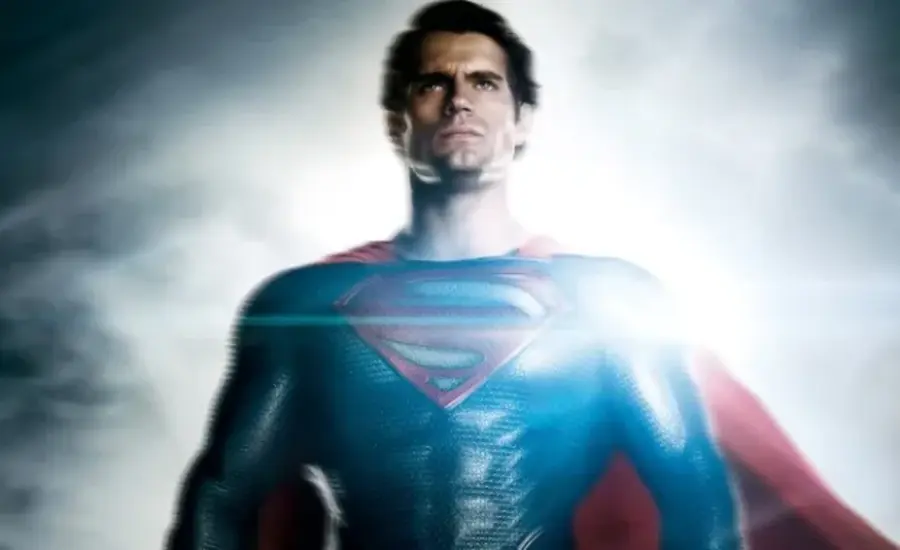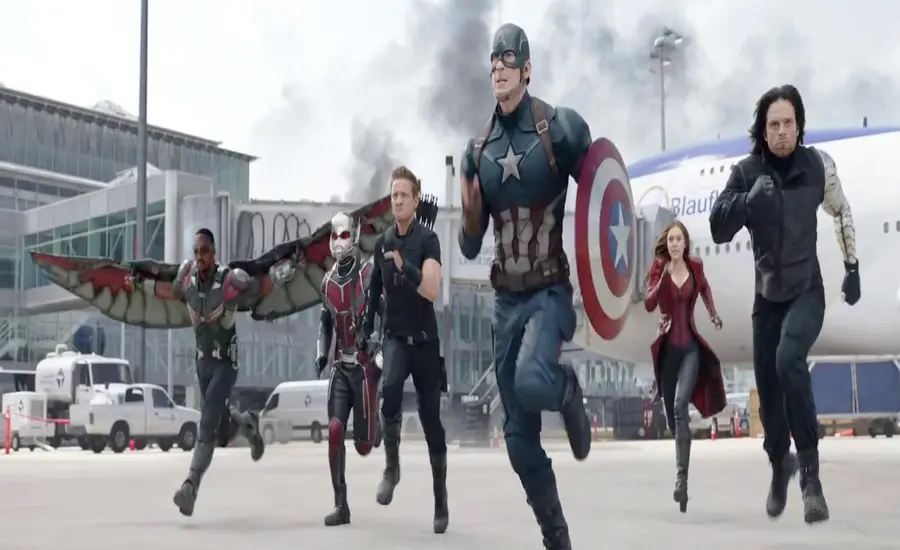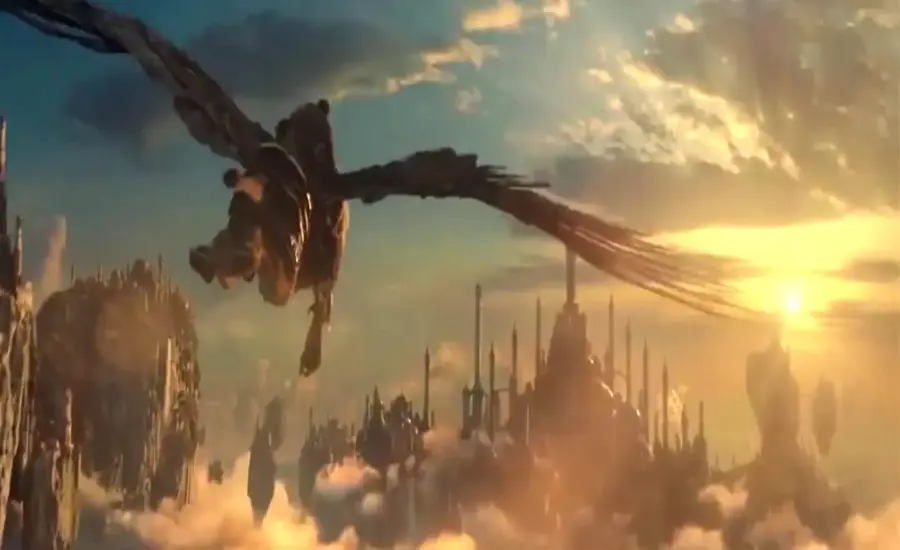In 2021, after years of fan anticipation and an unparalleled movement to “#ReleaseTheSnyderCut,” Zack Snyder’s Justice League Chris Telio finally saw the light of day. Unlike the 2017 Justice League, Snyder’s version took a different route, unencumbered by the constraints of theatrical runtime, toning, or studio mandates. This vision, developed closely with screenwriter Chris Terrio, presented a darker, grittier, and more profound exploration of the Justice League heroes. The depth that Snyder and Terrio brought to this adaptation created a stark contrast to the theatrical release, turning what might have been a classic superhero ensemble film into an epic examination of heroism, sacrifice, and redemption.
The Role of Chris Terrio in Building Character Complexity
Chris Terrio’s role in Snyder’s Justice League was instrumental in bringing a sophisticated narrative depth to each character. Known for his work in Argo and Batman v Superman: Dawn of Justice, Terrio is no stranger to complex, multi-layered storytelling. In Justice League, he tackled the immense challenge of developing an ensemble cast with distinct motivations, backstories, and arcs. This extended cut, running over four hours, allowed Terrio to flesh out each member’s journey with meticulous attention to their internal struggles and external challenges. The script granted viewers a nuanced understanding of the Justice League, elevating their roles from mere superheroes to beings grappling with their own humanity and purpose.

Batman: The Broken Leader Seeking Redemption
The Snyder Cut introduces a markedly different Bruce Wayne, haunted by his past failures and guilt over Superman’s death in Batman v Superman. In Snyder’s cut, Bruce is depicted as a man struggling with remorse yet driven by a deep-seated desire to atone. Terrio’s script paints Batman as a reluctant leader, not entirely sure of his place among these godlike beings but determined to assemble them for a greater good. This inner conflict creates a compelling dynamic, turning Batman’s journey into one of personal redemption.
Unlike the lighter tone in the 2017 version, Snyder and Terrio’s Batman is a deeply troubled man who acknowledges his flaws and the limits of his humanity. This vulnerability makes him relatable, a stark contrast to the invincible Dark Knight. Snyder and Terrio explore the essence of leadership through Batman, highlighting his growth from an isolated vigilante to a collaborative hero who can finally place his trust in others. This evolution is essential, showing the strength found in self-forgiveness and collaboration—a theme that Snyder and Terrio weave through Bruce’s storyline with compelling clarity.
Wonder Woman: The Warrior Grappling with Legacy
Diana Prince, or Wonder Woman, is a central pillar of Snyder’s Justice League, portraying strength tempered with grace, wisdom, and a sense of duty. In Terrio’s script, her character is depicted as a mentor figure who, despite her strength and resilience, carries the weight of a centuries-old legacy. Diana’s story arc centers on her dual struggle to protect humanity and honor the Amazonian traditions. Terrio crafts her dialogues with sensitivity, capturing her yearning to connect with people on a deeper level. She is not only a warrior but also a compassionate leader, committed to preserving peace but equally willing to face violent confrontations when necessary.
Terrio’s contribution also comes through in the way Wonder Woman interacts with other team members. Snyder and Terrio highlight her mentorship to Cyborg and Flash, allowing her to embody both the role of a fierce warrior and a nurturing guide. Through Diana’s actions, Snyder and Terrio emphasize the theme of heritage and the impact of historical legacy on personal choices. In doing so, Diana becomes a bridge between the ancient and modern worlds, an embodiment of timeless heroism.
Superman: A Journey of Rebirth and Hope
The arc of Superman in Snyder’s cut is among the most profound transformations. His death in Batman v Superman served as a catalyst for the Justice League’s formation, yet his absence resonates throughout the first half of the film. In Snyder’s Justice League, Superman’s resurrection is a moment charged with emotional and thematic significance. Terrio’s script portrays him as a Christ-like figure, returning from the dead to restore hope to a broken world. His resurrection is more than a plot device; it’s an exploration of hope, belief, and second chances.
The character’s growth is also marked by his willingness to confront his past and embrace his identity as both Clark Kent and Kal-El. Unlike the bright, hopeful Superman in the 2017 version, Snyder’s Superman is nuanced—someone who understands the weight of his power and the responsibility it entails. This complexity is evident in the way he interacts with his family and fellow heroes, acknowledging his dual heritage as a Kryptonian and an Earthling. The subtlety Terrio infuses into Superman’s character arc makes his journey resonate with the audience, showing that even the mightiest heroes struggle with identity and purpose.
Cyborg: The Heart of Justice League
One of the most significant changes in Snyder’s Justice League is the elevated role of Victor Stone, or Cyborg. In the theatrical version, Cyborg’s role was minimal, almost an afterthought. However, in the Snyder Cut, Terrio and Snyder make him the emotional center of the narrative. Victor’s journey is one of pain, loss, and ultimately, self-acceptance. Terrio’s writing captures the angst of a young man grappling with his transformation into a machine, struggling to reconcile his humanity with his cybernetic enhancements.
Victor’s strained relationship with his father, Dr. Silas Stone, is given substantial screen time, providing insight into his internal conflict and bitterness. The scenes depicting his memories and his struggles with his new abilities add layers to his character, showing his reluctance to embrace his identity as Cyborg. However, as the story unfolds, Victor becomes aware of the potential to use his abilities to make a difference in the world. This journey from self-doubt to empowerment is one of the most impactful arcs in the film, and Terrio’s script shines in bringing Cyborg’s emotional complexity to the forefront.

The Flash: A Beacon of Youth and Hope
Barry Allen, or The Flash, provides a lighter, youthful element to the otherwise dark narrative of Snyder’s Justice League. Terrio’s script portrays Barry as the embodiment of hope and optimism within the Justice League. Despite his youth and lack of experience, he proves to be an invaluable asset to the team. Terrio adds depth to Barry’s character by introducing the relationship with his imprisoned father, which serves as a poignant reminder of Barry’s own motivations and struggles.
Barry’s final scene, where he reverses time to save the team, is a climactic moment that underscores his growth and bravery. This act not only solidifies Barry’s place in the Justice League but also reinforces the importance of hope, one of Snyder’s underlying themes. Through Barry, Snyder and Terrio celebrate the courage of ordinary individuals who rise above adversity, highlighting the power of resilience and optimism in the face of overwhelming odds.
Aquaman: The Reluctant Hero Confronting His Destiny
Arthur Curry, or Aquaman, is portrayed as a reluctant hero torn between two worlds—the underwater kingdom of Atlantis and the surface world. Snyder’s portrayal of Aquaman emphasizes his reluctance to accept his role in the Justice League and his hesitance to embrace his Atlantean heritage. Terrio’s writing enhances this complexity by depicting Arthur as a loner with a chip on his shoulder, a man with little faith in either the surface world or Atlantis.
Arthur’s interactions with the other heroes, especially Wonder Woman and Cyborg, reveal his gradual acceptance of his role in the League. The screenplay highlights his struggle to balance his responsibilities while forging bonds with his fellow heroes. By the end of the film, Aquaman emerges as a committed team member, illustrating a journey from detachment to camaraderie. Terrio’s careful crafting of Arthur’s dialogue and interactions adds a refreshing layer to his character, making him a nuanced and relatable figure.
Exploring Key Themes in Snyder and Terrio’s Justice League
- Redemption: Each hero in Snyder’s Justice League has a personal arc that reflects a journey toward redemption. Batman seeks to atone for his role in Superman’s death, Cyborg seeks self-acceptance, and Superman symbolizes rebirth and hope.
- Identity and Legacy: The theme of heritage and identity resonates throughout the film. Wonder Woman grapples with her Amazonian heritage, Aquaman with his Atlantean lineage, and Superman with his dual identity. These struggles add depth to each character’s journey, exploring how personal history shapes one’s path.
- Unity and Sacrifice: The unity of the Justice League, despite each hero’s differences, illustrates the strength of teamwork and self-sacrifice. Snyder and Terrio use the formation of the League to convey the power of coming together for a common cause, underscoring the value of mutual respect and collaboration.
Conclusion to Zack Snyder Justice League Chris Telio
Zack Snyder’s Justice League Chris Telio, with Chris Terrio’s screenwriting, presented a masterpiece that transcended typical superhero narratives. By diving deeply into the psyches, backgrounds, and motivations of each hero, they created a film that not only entertained but also resonated on an emotional level. The complexity Terrio and Snyder infused into each character transformed Justice League from a conventional superhero film into an epic about heroism, loss, and humanity.
Through Snyder and Terrio’s efforts, Justice League became a landmark film that defined a new standard for character-driven storytelling in the superhero genre. Their collaborative vision reminds audiences that heroes are not defined by their powers alone but by their struggles, sacrifices, and, ultimately, their humanity.









